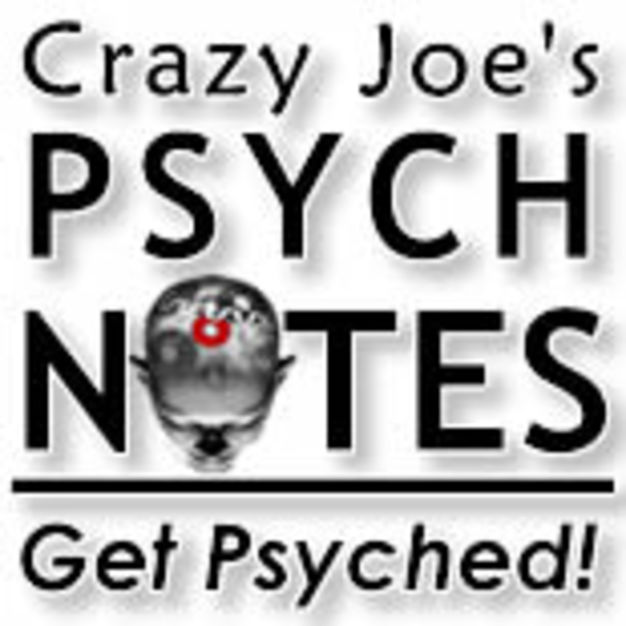14 - PSY101 - Psychoanalytic Theory Structural Elements
Freud’s Psychoanalytic Theory
Psychoanalytic Theory holds that the human mind has three parts, or forces:
1. the unconscious mind, which includes the id, with its pleasure principle;
2. the conscious ego, with its reality principle;
3. And the often unconscious superego, with its morality principle.
The primitive id contains the persons’ instinctive drives towards sensuality and aggression.
Freud believed that human psychosexual development takes place in five stages: oral, anal, phallic, latency, and genital.
The superego is acquired as a result of the Oedipus complex, which all children are assumed to undergo between ages 3 and 6.
The central problem in mental disorders, according to classical psychoanalytic theory is anxiety.
Id, Ego, and Superego
Freud conceived of the human personality and mind as having three major components, which he called the id, the ego, and the superego.
The Internal Battle
The three parts of the mind are often in conflict, and Freud regarded this Intrapsychic conflict as the essence of human personality. One result of the conflict is anxiety, which is produced in the ego. When ever the demands of the id are dangerous or the disapprovals of the superego are intense.
Anxiety arouses the ego to fight the impulses or thoughts that have created it. In one way or another—by using repression and the other defense mechanisms (see chapter 12 notes), by turning the mind’s attention elsewhere, by gratifying some other impulse of the id—the ego defends itself against the threat posed by the id or the superego and minimizes the anxiety.
Psychosexual Development
Freud believed that human psychosexual development takes place in five stages: oral, anal, phallic, latency and genital.
For more info on this topic visit http://psy101.MyUCCedu.com
17 August 2008, 10:23 am
